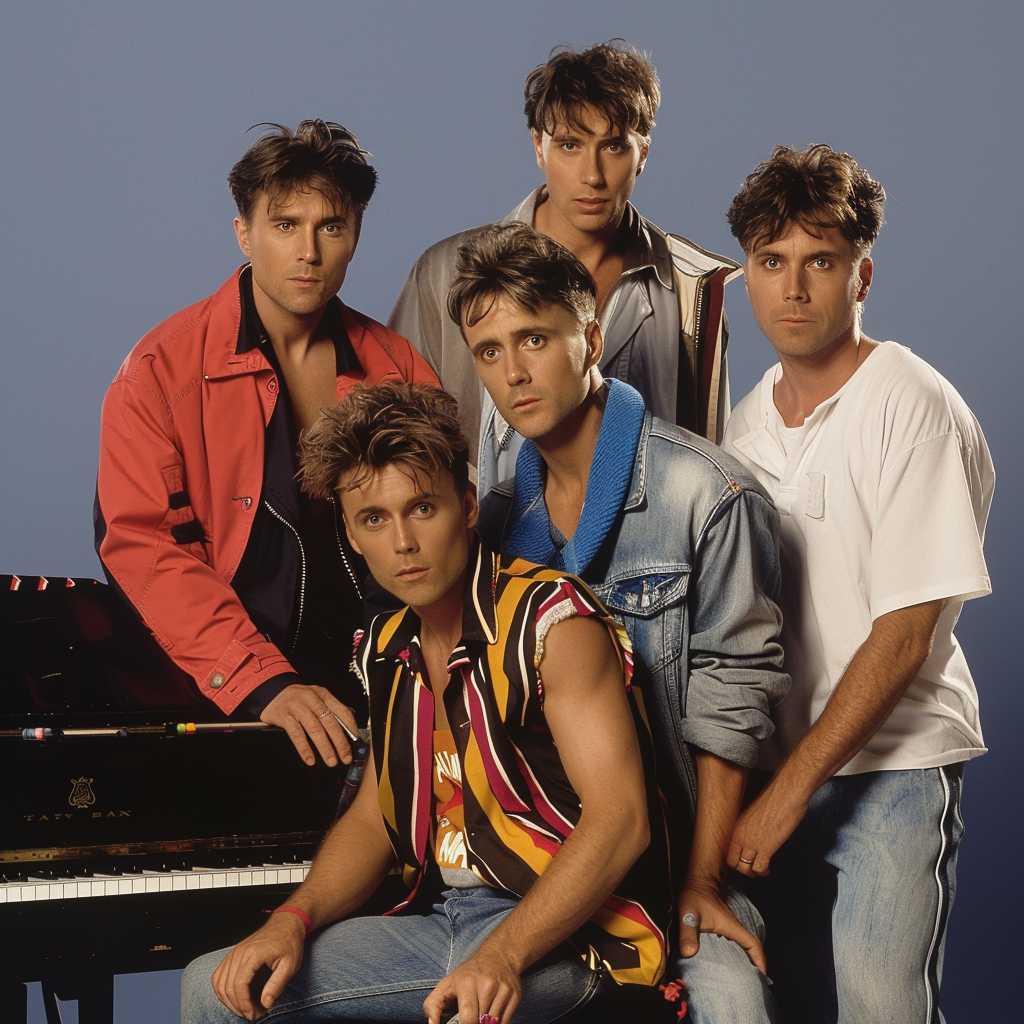Take That: The Journey of Britain’s Beloved Boy Band
Introduction: Take That’s Rise to Fame
Take That, the British pop group, has stood the test of time not only as one of the UK’s most successful boy bands but also as an act with significant staying power and an evolving image and sound. Formed in Manchester in 1989, Take That’s journey is one marked by chart-topping hits, public adulation, dramatic breakups, and triumphant reunions.
Their narrative begins with their formation by manager Nigel Martin-Smith, whose ambition was to create a British answer to American boy bands like New Kids on the Block. Consisting of members Gary Barlow, who quickly emerged as the primary songwriter, Howard Donald, Mark Owen, Jason Orange, and Robbie Williams, Take That’s aim was both simple and ambitious – to conquer both the charts and the hearts of teenage fans.
With their good looks, catchy tunes, and high-energy performances, Take That managed to do just that. Their debut album, “Take That & Party,” released in 1992, signaled the crystallization of a new British pop phenomenon. However, it was their follow-up albums – “Everything Changes” (1993) and “Nobody Else” (1995) – that catapulted them to major international success, with hit singles such as “Pray”, “Back for Good”, and “Never Forget”.
The Breakup and Aftermath
Dealing with fame and internal dynamics would take its toll on the group. Robbie Williams’s departure from the band in 1995 was a shock to many fans and foreshadowed Take That’s eventual split in February 1996. After their breakup, each member embarked on their own path with varying degrees of success. Gary Barlow and Robbie Williams pursued solo careers in music with contrasting fortunes; Williams would dwarf his bandmates’ success as a solo artist initially. The other members explored different career ventures but remained lower-profile compared to their time together as a group.
The disbandment left millions of fans worldwide grieving. Take That’s breakup underlines the often fleeting nature of pop groups’ lifespans and served as a prelude to the flux inherent in the music industry.
The Reunion and Impact on Music
The announcement of a reunion tour in 2005 caught many by surprise, exciting long-time fans who now matured into adulthood. The return was initially shorn of Robbie Williams but retained a key aspect: Gary Barlow’s songwriting prowess.
Their comeback album, “Beautiful World” (2006), made clear they were not relying solely on nostalgia; it was fresh yet unmistakedly Take That. The subsequent tour reunited the group with massive audiences and reprised some of their infused musical flair that won them accolades during their initial run.
Robbie Williams rejoining in 2010 for the album “Progress” reaffirmed that whatever personal differences had once estranged them had now healed, showing maturity and evolution, both personally and professionally. This era proved Take That was more than capable of adapting to changing musical landscapes while keeping true to their roots.
Their music influence has been substantial not only within the pop genre; it extended to shaping talent via reality television. Gary Barlow in particular has taken roles on shows such as “The X Factor,” thus positioning themselves not just as performers but also as mentors influencing new waves of artists.
Recent Years and Enduring Legacy
The movement into recent years saw Jason Orange part ways with the band in 2014 leaving just three members – Gary Barlow, Howard Donald, and Mark Owen – who released “III” that same year and have remained active since despite changes to their lineup over time.
Take That has exemplified endurance when faced with an industry that constantly demands innovation while additionally illustrating that reformation after a significant breakup is possible – even advantageous if approached correctly.
Their influence can be seen in multiple newer bands citing them as inspiration. They’ve forged a long-lasting bond with millions of followers – one reflective not just of talent but also resilience, adaptiveness, and a shared history that often feels deeply personal to their fan base.
